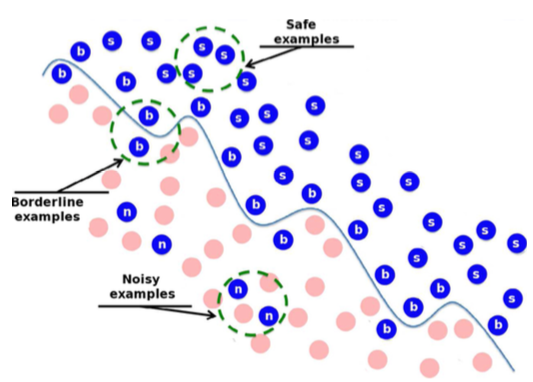While before proceeding, let's learn about some other techniques and methods.
Linear Regression;
Linear regression is a technique that models the correlation between two variables by fitting a linear equation to the observed data. The purpose of linear regression is to identify the straight line or curve that best corresponds to the data points, enabling us to predict or estimate the value of the dependent variable for a given value of the independent variable.
Matrix Representation;
Linear regression can be represented as a matrix equation. This involves determining the coefficients of the linear equation that minimize the sum of the squared deviations between the projected and actual values. The matrix representation of linear regression involves representing the independent variable as a matrix, and the dependent variable as a vector. The coefficients of the linear equation are then calculated using matrix operations, such as matrix inversion or singular value decomposition.
Regularization;
Regularization is a data smoothing technique that prevents overfitting, a situation in which the model fits the noise in the data instead of the fundamental trend. Regularization involves adding a penalty term to the cost function that penalizes large coefficients and encourages simpler models. L1 and L2 regularization, also known as Lasso and Ridge regression, respectively, are the most popular types of regularization used in linear regression.
Applications of Linear Algebra in Data Smoothing; Linear algebra is used in several data smoothing applications, such as:
- Time series analysis: The mathematical discipline of linear algebra is employed to represent the tendencies and configurations in chronological sequence information, like the values of stocks and meteorological data.
- Image processing: The examination of numerical structures and methods, referred to as linear algebra, is implemented to analyze and enhance signals, encompassing but not restricted to sound signals and detector information.
- Signal processing: The study of mathematical structures and techniques, known as linear algebra, is applied to scrutinize and refine signals, including but not limited to audio signals and sensor data.
- Machine learning: Numerous machine learning algorithms, such as linear regression, support vector machines, and principal component analysis, utilize the principles of linear algebra.



No comments:
Post a Comment